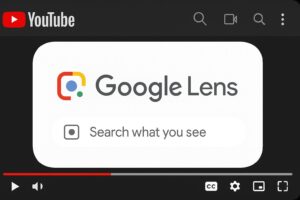In a move that could reshape the social media landscape, Meta, the parent company of Facebook, is contemplating introducing a subscription model for its users in Europe.
This decision comes after the European Union’s stringent advertising and privacy regulations.
The Underlying Reasons
According to a report by the New York Times, the primary motivation behind this potential shift to a “pay to play” model for Facebook and Instagram (excluding WhatsApp) is to sidestep the complexities associated with EU regulations.
The core issue revolves around transferring user data from Europe to the U.S., where Meta is headquartered, and the subsequent use of this data for advertising purposes, as The Verge details.

How Advertising Works on Meta’s Platforms
The advertising mechanism on platforms like Facebook is straightforward. Meta instantly logs this activity when users interact with a sponsored ad, leading to a tailored ad experience.
For instance, a single click on a disc golf advertisement can trigger a flood of related ads within minutes. While this model has proven effective for advertisers, it has raised eyebrows among regulators, particularly in the EU.
The constant debate is whether such tracking methods align with the General Data Protection Regulation (GDPR) and if they infringe upon user privacy.
The Implications of a Subscription Model
The introduction of a subscription model in Europe could serve as a litmus test for the intrinsic value of social media.
If users are mandated to pay for services like Facebook and Instagram, it would be the first real gauge of their willingness to invest in such platforms.
For many, disconnecting from such platforms might seem daunting, if not impossible. This sentiment might drive a segment of users to accept subscription fees, especially if they perceive the value these platforms offer outweighs the cost.
However, the ethos of the internet has largely been built on free access to platforms in exchange for data, which is then monetized through advertising. Users have grown accustomed to this model, and a sudden shift might be met with resistance.
Many might perceive the introduction of fees as a double-dip by Meta, where they profit from both user data and direct payments.

Furthermore, the younger demographic, which constitutes a significant portion of Instagram’s user base, might be less inclined to pay, given their limited financial resources and the availability of alternative free platforms.
The rise of competitors like TikTok, which offer similar social media experiences without direct costs, could further deter users from subscribing to Facebook or Instagram.
If many users opt to pay, it could set a precedent for other platforms to introduce similar models, potentially heralding a new era of the internet where premium, ad-free experiences come at a direct cost.
However, if the model is met with widespread resistance, it could lead to a decline in user numbers, forcing platforms like Facebook and Instagram to innovate and find alternative revenue streams or revert to their original models.
While introducing a subscription model is a bold move that could generate direct revenue, it’s a gamble. The question is, would you pay to access an ad-free on Facebook or Instagram?




